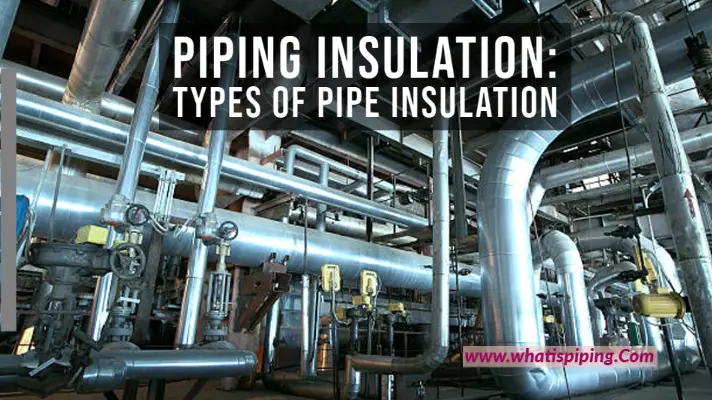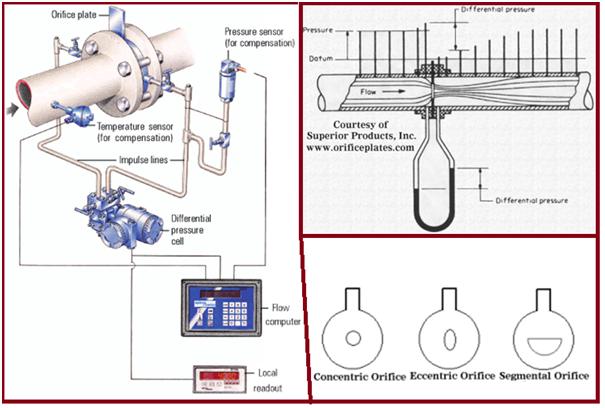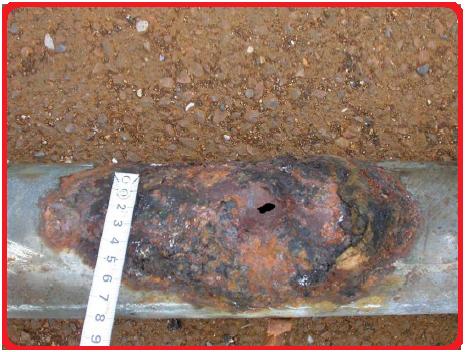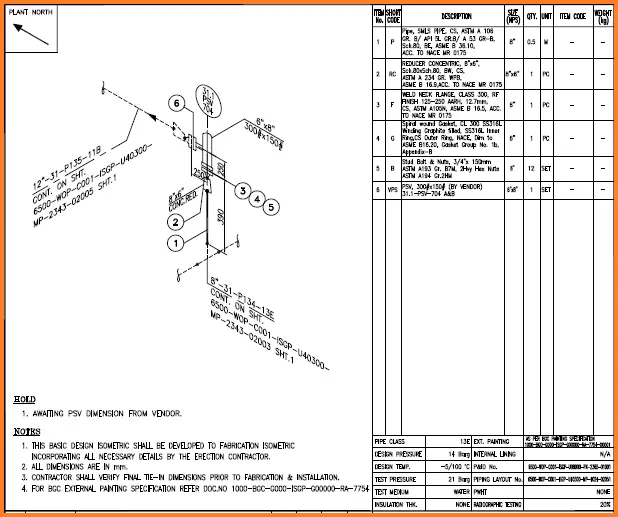Introduction:
During operation many times it happens that a piping system has to experience both hot and cold operating temperatures depending upon specific process requirements. In such situations, the piping must have to be insulated using both hot and cold insulation i.e dual insulation. But this requirement must have to be listed in the related P&ID, Line list, and Insulation Specification. Supporting the dual-insulated piping system is categorized into the following two cases.
1. Supporting hot and cold insulated pipe when pipe operating temperature is below 80 degrees centigrade.
Supporting dual-insulated piping is somewhat different from normal pipe support. Here I will describe the supporting philosophy for such a piping system when the pipe operating temperature is less than 80 degrees centigrade. When the pipe is having both positive(+) & negative(-) temperatures the hot insulation is applied first and cold insulation is applied on it to prevent heat gain from outside the pipe when the pipe is operating below zero degrees Centigrade.
When the pipe is operating in a negative temperature range then we have to prevent heat gain by a pipe through support from outside in that case we have to provide Cradle support. Note that High-Density-Urethane cradle support can sustain temperatures up to +80 degrees Centigrade after which the melting of the material starts.
For support please refer to the attached drawing. Follow the below-mentioned notes along with the figure.
Notes:
- 1. Cradle Radius (R) is based on insulation thickness (T1+T2)
- 2. Bottom of the Pipe shall be based on cradle thickness (T)
- 3. Temperature for HDPE cradle is less than +80 degree centigrade
2. Supporting hot and cold insulated pipe when pipe operating temperature is more than 80 degrees centigrade.
When the piping system faces a temperature of more than +80 deg. C which Polyurethane block cannot sustain, we have to think of some other arrangement of supporting which allows the higher operating temperature in both positive & negative ranges. If we use metallic shoe/base support in that case we have to protect cold insulation from higher temperatures due to its temperature limitations which can be done by carefully checking the temperature drop (Assume temperature drop or gain as 1.1-degree centigrade per mm of length) through the support or by extending the hot insulation layer along the shoe/base support up to extent of cold insulation temperature limitations. Refer to the attached figure to see the supporting philosophy for such cases. Follow the below-mentioned notes while reading the figure.
Notes for the figure:
- 1. Shoe width can be increased as per requirement.
- 2. While using one must check the temperature limitation of the cold support or cradle.
- 3. No damage to the cold insulation should be made while supporting.
Online Video Courses on Piping Support
To learn more about piping support design and engineering you can opt for the following video course.









Dear Sir
I need to know the PU insulation application system including G.I. Sheet box fabrication
Jameel Pasha
M.D.
Pasha Managements